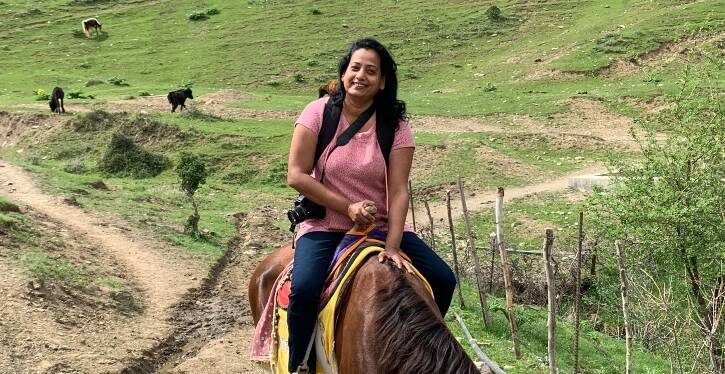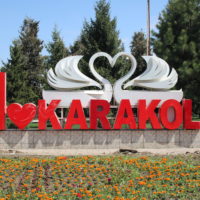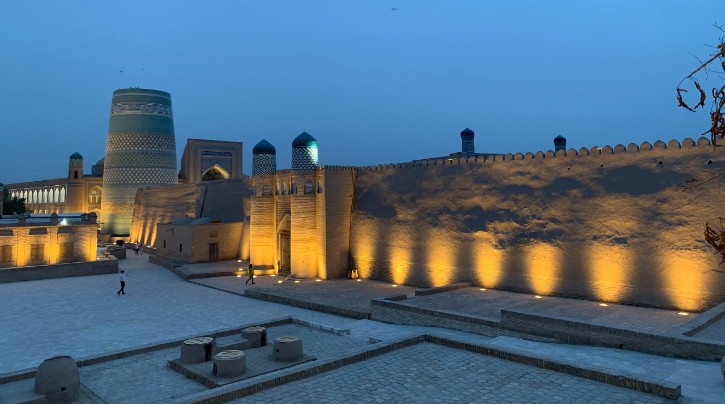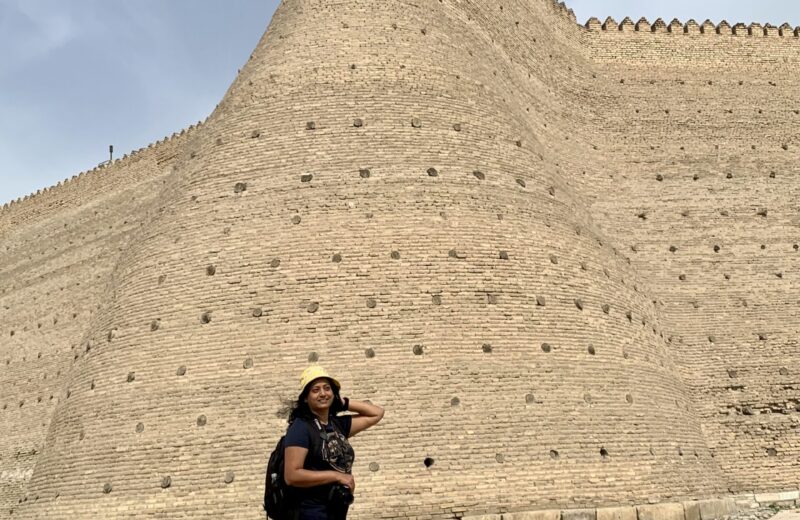A bumpy road leads out of Samarkand in Uzbekistan to Urgut, fifty kilometers away. We pass cows and sheep wandering the streets and people riding donkeys. Women with fruits and vegetables sit by the streets, calling out their wares. “A typical day in the lives of the Uzbeks,” the driver tells me in faultless English. “But from Urgut, you will see the real country.”
As we get closer to Urgut, modern attire gives way to more traditional wear and I begin to stick out like a sore thumb. (A shorter version of this story appeared in Khaleej Times, UAE)
Urgut is a small town at the foothill of the Zeravshan Range, at an elevation of 1,000 m above sea level, close to the border with Kashkadarya province. This town is renowned for its beautiful handicrafts, pottery and a bustling market and the biggest mosque in region of Samarkand.
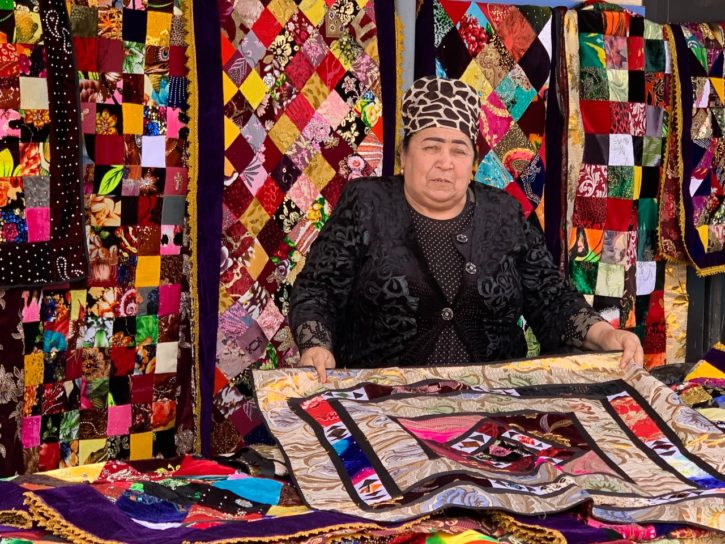
But that alone isn’t the reason for me to be here.
The garden of plane trees
Three kilometers from the Urgut market is a garden very unlikely to find the top spot on a travellers list, visited mostly by locals and die-hard wanderers. This garden is named Chor Chinor (meaning four plane trees) consists of fifty or more ancient plane trees watered by the holy water.
Myths and legends enliven Uzbekistan’s countryside
It is a place of magic and mystique.
The garden of Chor- Chinor is filled with unusual sycamore trees (or plane trees), the oldest of the lot being over 1,160 years old. The youngest is six hundred years old.
And as with mystical gardens, this garden too is steeped in legends – not surprising, considering its ascetism and respectability among the locals. My driver, who has followed me into the garden leads me to the spring and launches into the story. “The founder of the garden, a mighty batir (hero in Tajik) stole a magic stone from the evil spirits and brought it here. As soon as he placed the cobble stone which resembled a millstone, spring waters came gushing forth.”
The batir then decided to plant four cuttings of sycamore tree that were believed to be brought to him by four beautiful birds. These trees thrived and soon turned the valley into a sacred grove.
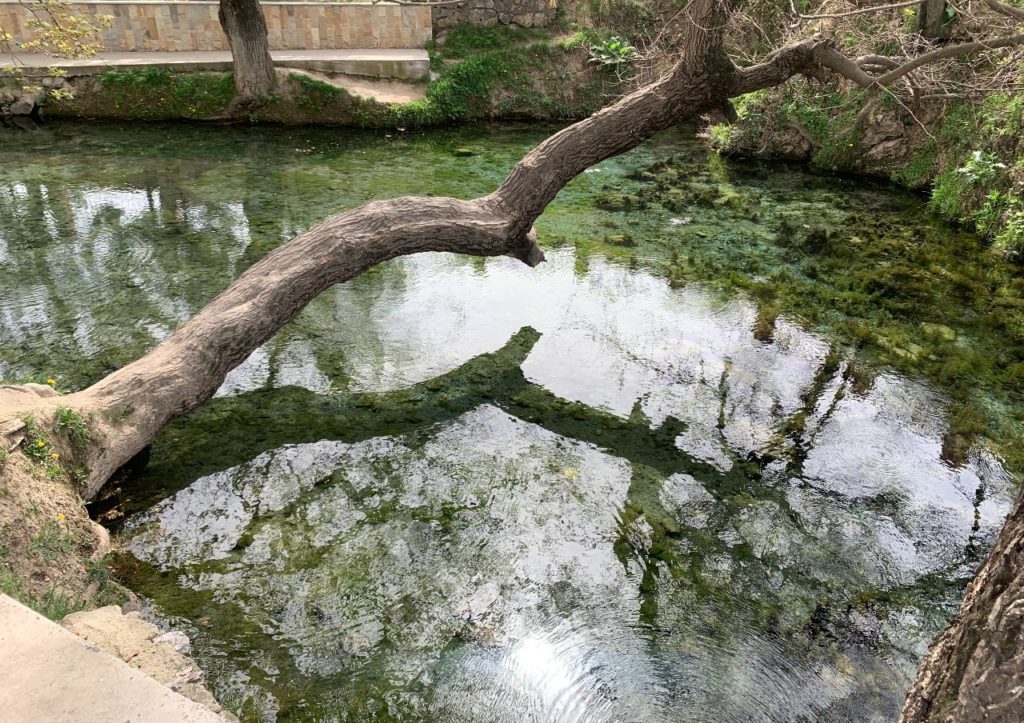
Another legend has it that a team of geologists decided to study the source of underground springs but when they arrived the next morning to investigate, they found that the pond had dried out overnight and only filled up again after they left the garden, never to return.
For many, Chor-Chinor is far more than a garden: it is a place for meditation, relaxation and spiritual healing. Revered as a holy place, Chor-Chinor shelters a small, blue-domed mosque dating from the early 20th century, a memorial pavilion, and several tombs, a big draw for domestic pilgrims.
And like thousands before me, I fill up a plastic bottle of sacred holy water from the spring to add to my collection of holy waters from around the world. The spring has expanded to a picturesque pond and small brook where I sat for a while and withdrew into solitude, occasionally sipping the fresh water to help the process and mulling over the information pinned to the tree about its age and circumference and wondering what secret they hold.
The school in a tree
The highlight of the park turned out to be a school inside the tree, a real titan, 16m in girth. Locals believe this tree to be a miracle of nature. The tree trunk, which formerly served as a gathering place for students of Sufism and a haunting place for few generations of the dervish can accommodate up to ten people at a time, as evidenced by old photographs. The door to this school (which usually is left open) is carved. Nevertheless, the sycamore is alive and continues to grow.
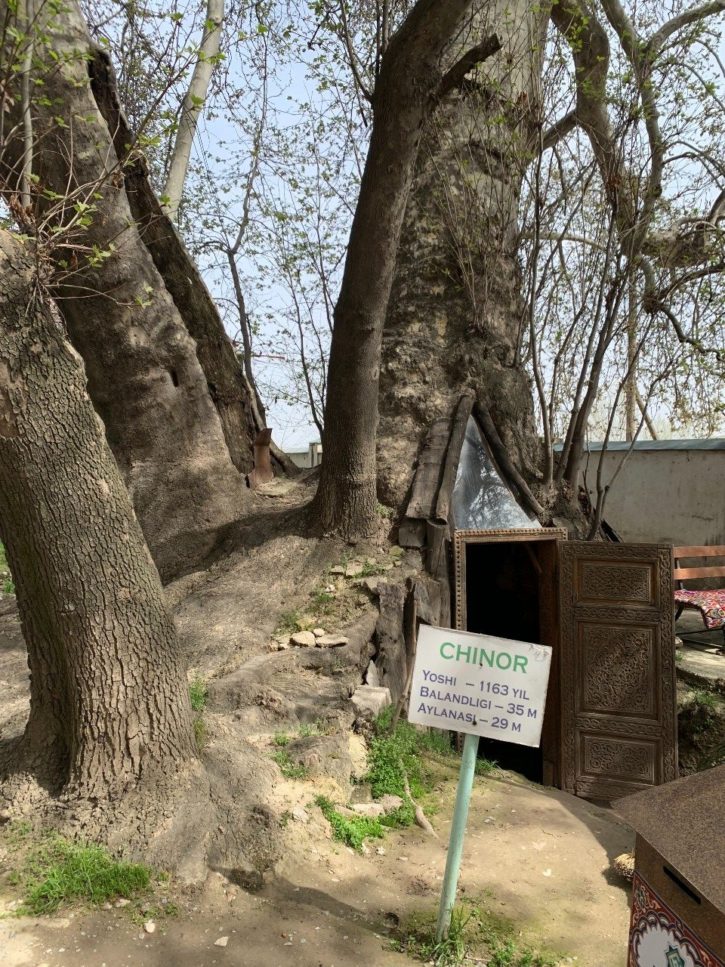
The base of the tree forms the ceiling, and the whole space of the cave is situated under the ground. In some parts the walls are reinforced with brickwork. People come here with their problems searching for peace and wisdom.
Fortunately, while I was here, the place was empty and like the ancient Sufis, I found myself in seclusion inside this tree- school – the best way to experience the magic and aura of this sacred site.
And hear the sycamores.
Cleansed, I proceed to my next sacred site – the cave of Hazrat Daud (Cave of St David or Dawood) thirty minutes’ drive away in the village of Aksai.
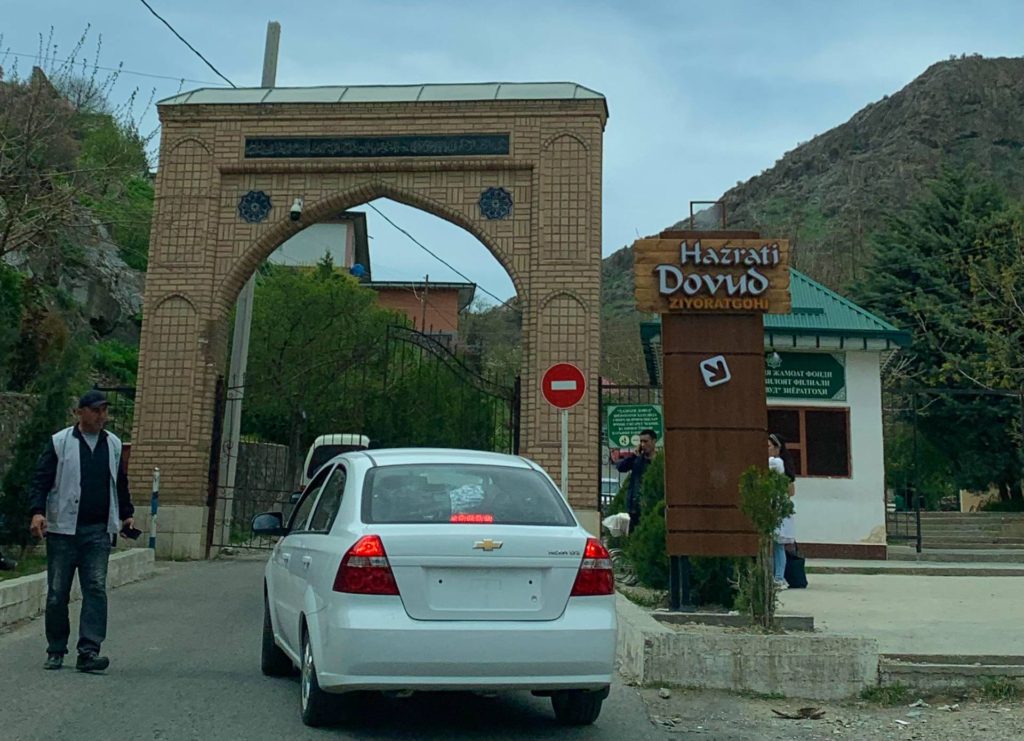
Cave of Hazrat Daud
Somewhere up in the mountains (followed by a sharp decent) is the sacred cave, my driver tells me reverently. “There are 1303 steps to the top and if you climb it, you will be blessed.”
I am not sure that I can summon the energy for this. The sun is strong and from where I stand, the mountain seems taller than it is. Seeing my hesitation, my driver suggests riding a horse.
The idea is fraught with dangers, but considering the lack of other options, I pick a grey horse led by a lean and wiry young man who shows no fear or fatigue despite the steep and sharp climb. I am the only rider that afternoon. We begin the slow climb and soon the fear and discomfort give way to awe and amazement as we go higher up, skirting narrow paths that plunge hundreds of meters into the valley. The horse, a sensible animal treads carefully, not once stepping out of line.
From where I get off, I face a new challenge – a three hundred steps decent into the cave. Once again that put me in a dilemma. I do the math – three hundred steps down and the same number back up -that suddenly seems like a little too much when suddenly a bunch of local kids and their parents, grab my hands and pull me along.
Slowly, into the heart of the valley we descend, enjoying the scenery and the cool breeze and just like that we arrive at a rock-face and stop abruptly. The destination we seek in somewhere inside these mountains.
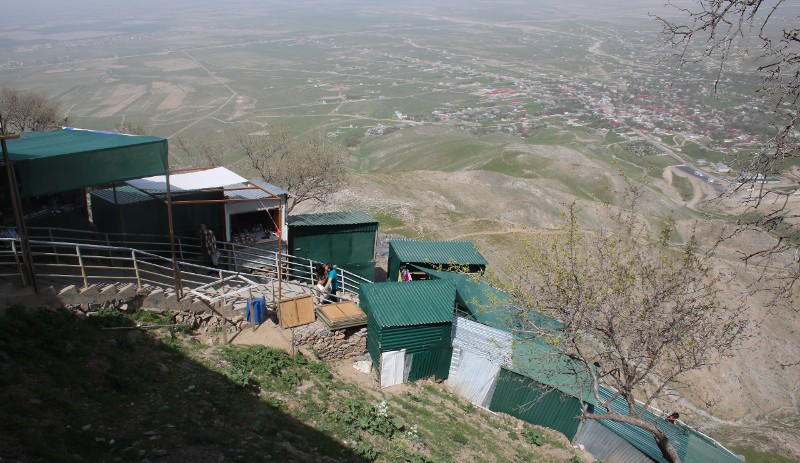
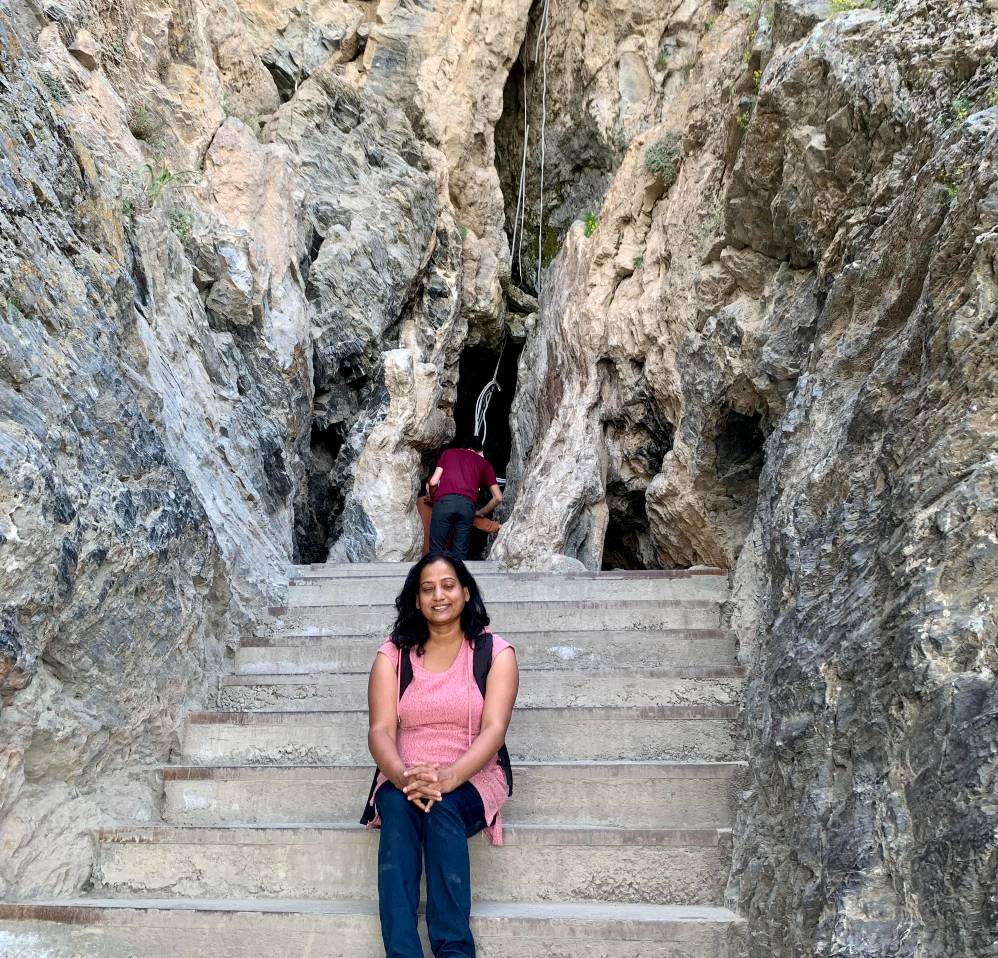
We stare at the cave entrance reachable via a dozen widely placed stone steps, wondering the same thing – why was it so difficult? Shaking my head, I slowly ascend, stiff from the downhill walk and at once plunge into darkness. From somewhere above, tiny drops of water land on my head, making me jump sharply. There is something not so straight-forward about this pilgrimage.
Hand of David
I slip into the narrow cave that eventually opens out into a slightly wider space. No photography is allowed. A pale, yellow light flickers somewhere inside, only enough to calm your nerves. I hear the trickle of water somewhere and head towards it when a man appears from the darkness and says – “Come, I will show you the Hand of David.”
This cave – Hazrat Daud or the Cave of St David, I knew as the holy shrine for Christians, Jews and Muslims. I’d known that St David was revered in three world religions at once. Muslims call him Hazrat Daud, and Orthodox and Jews call him David. The life of David is shrouded in secrets and legends, I remember my driver saying so. He never did tell me those legends but apparently David had the gift of prophecy and healing.
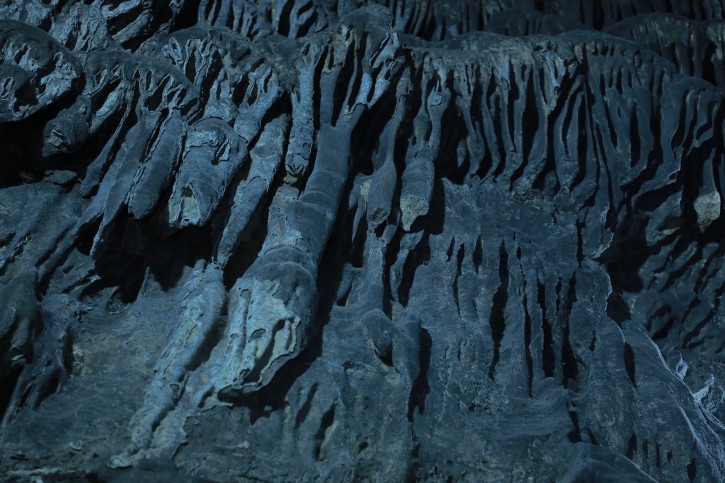
According to the Islamic version, God sent David to Asia to preach and whilst performing his duties, he incurred the wrath of the fire-worshipping Zoroastrians who chased him away. David then fled into the mountains. Having gained remarkable strength and the ability to melt iron with his hands, he parted the stones of the cave and took refuge inside, thus also becoming the patron of all blacksmiths.
The man leads me towards the end of the narrow cave. He then turns on his mobile phone and shines light on what he says is the handprint of David.
“If you touch it, all your wishes will come true.”
I eagerly place my tiny hands on the larger-than-life handprint, hoping for just one thing – that my horseman will be waiting for me when I return.
He is.
About Urgut
The town’s industry includes several carpet weaving factories.
Since ancient times Urgut has been a major centre of traditional crafts.
Urgut is home to the largest oriental bazaar in Samarkand province, where you can buy old and modern works of people’s craftsmanship. The principal market days are Saturday and Sunday, when you can buy carpets, pieces of handmade embroidery (suzani), leather shoes of various types, jewellery, different metal articles, ceramic kitchenware and a wide range of other things.
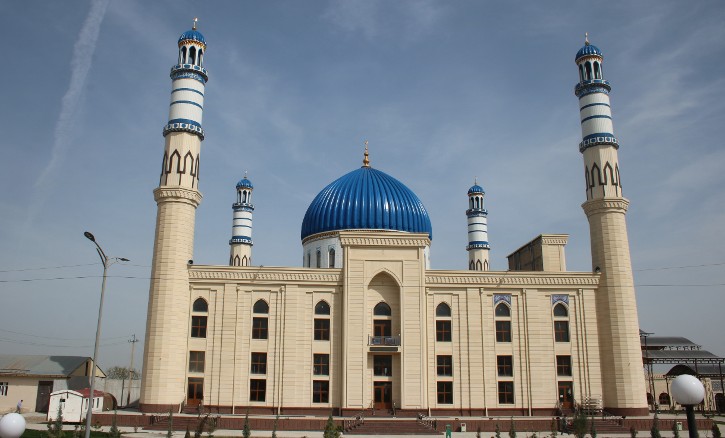
The bazaar is surrounded by blacksmiths and tinsmiths and shops trading in national clothes.
Pottery is another type of craftsmanship to be appreciated in Urgut. If you observe closely, you can tell where a particular earthen vessel was made – for instance, the main colours of ceramic articles from Urgut are mustard, gold and pale yellow. If you have time on hands, do visit the home of the Oblakulov family where the last seventeen generations of the family have been engaged in production of fine ceramic articles on a potter’s wheel.
When I walked into the family’s house, the grandfather quickly hurried me into the basement to show me his kiln and a poster showing his family tree. He didn’t speak English, but I could tell by the pointing and smile that he was very proud to show me that the craft went back in his family to the early 1600s.
How to get there
From Samarkand, there are regular buses or mini vans to Urgut. From the town, you can hire a taxi to take you to the Secret Garden.

